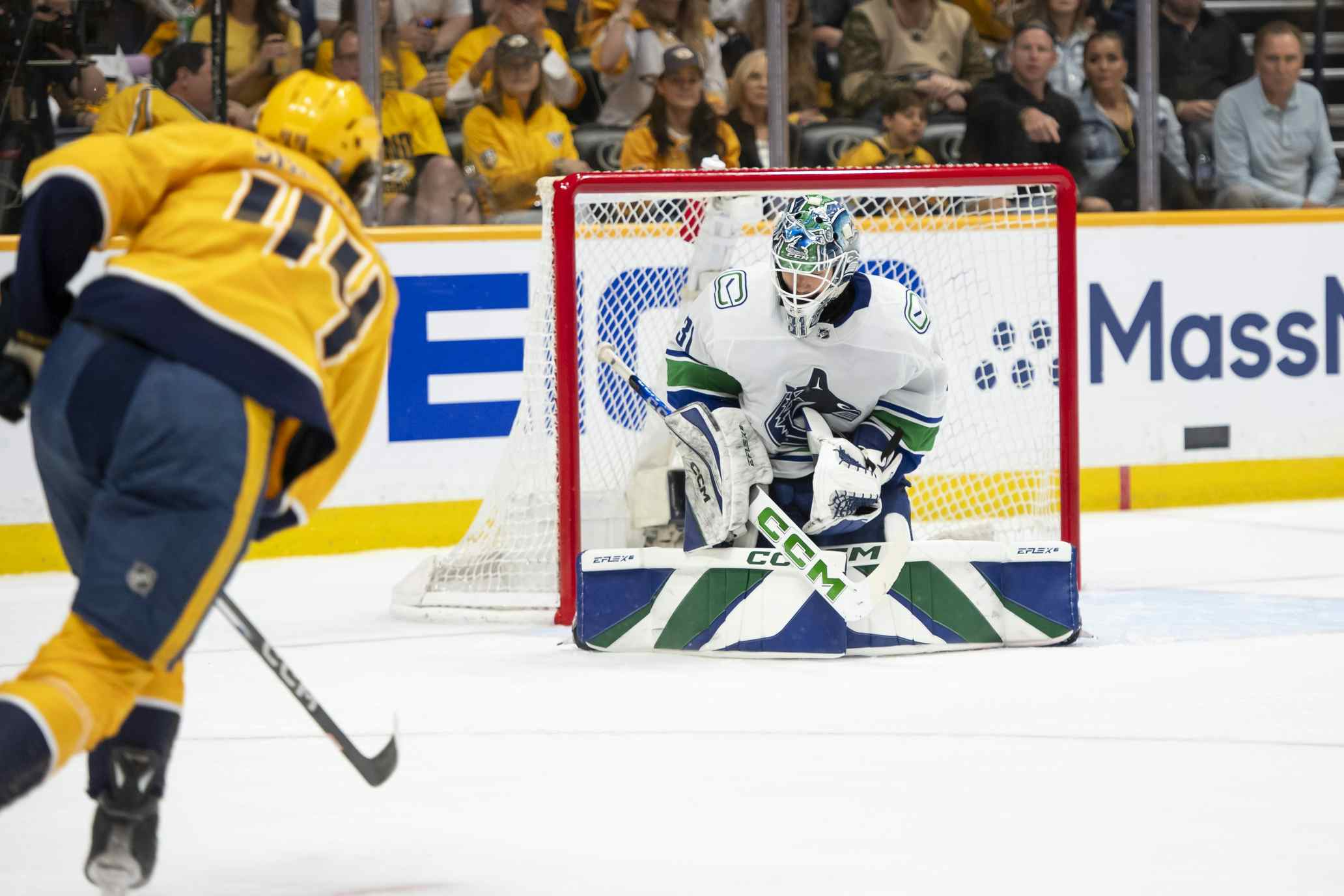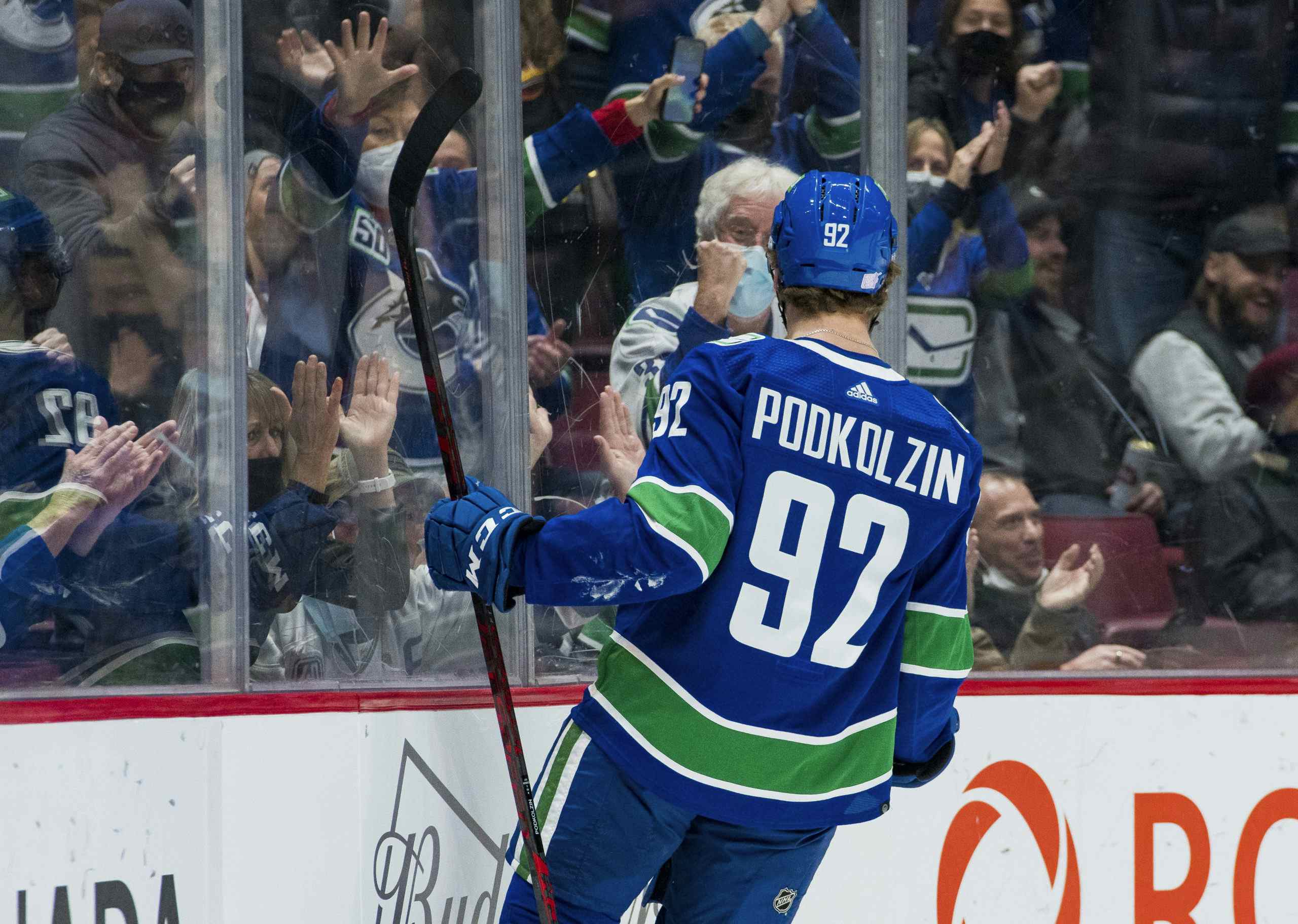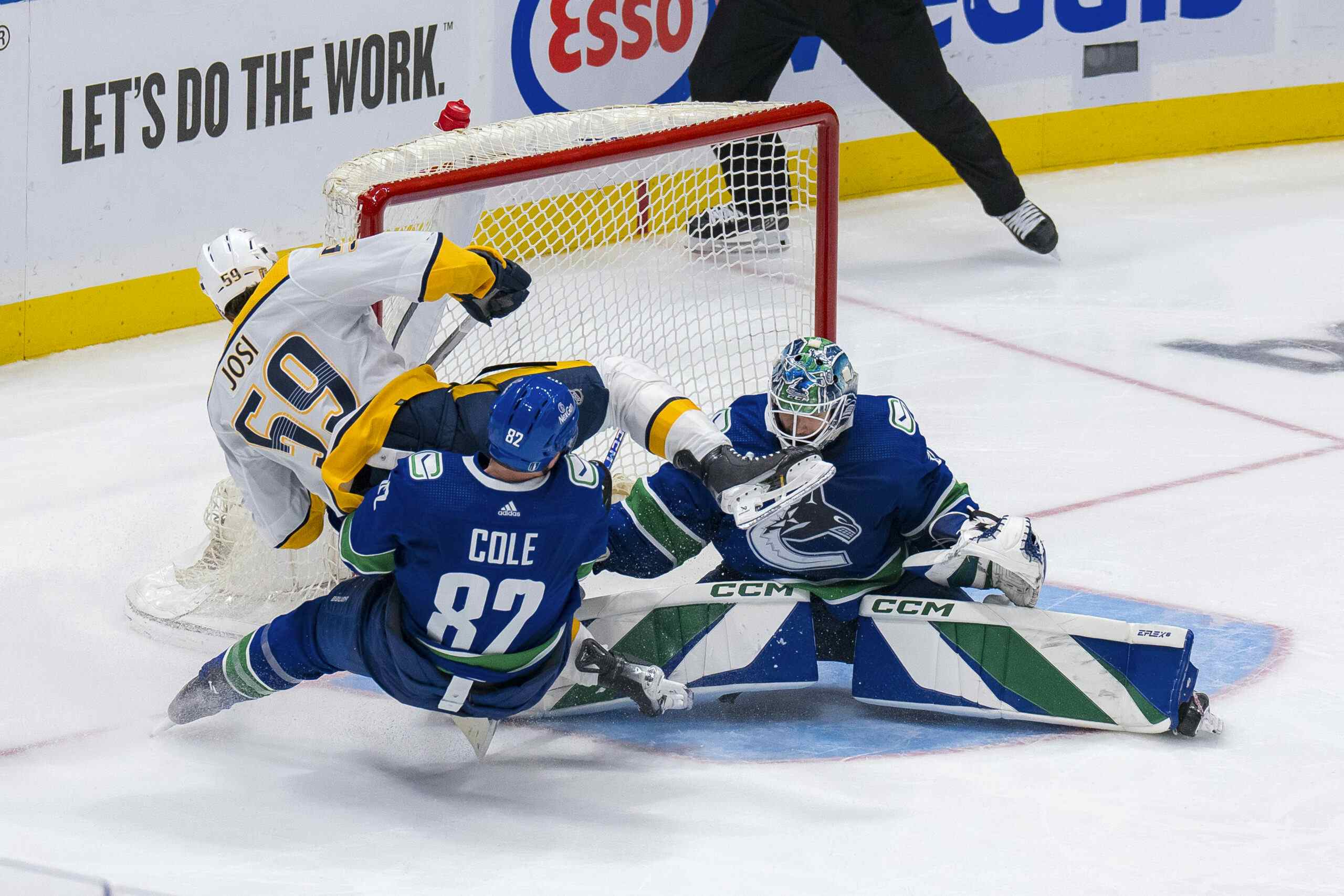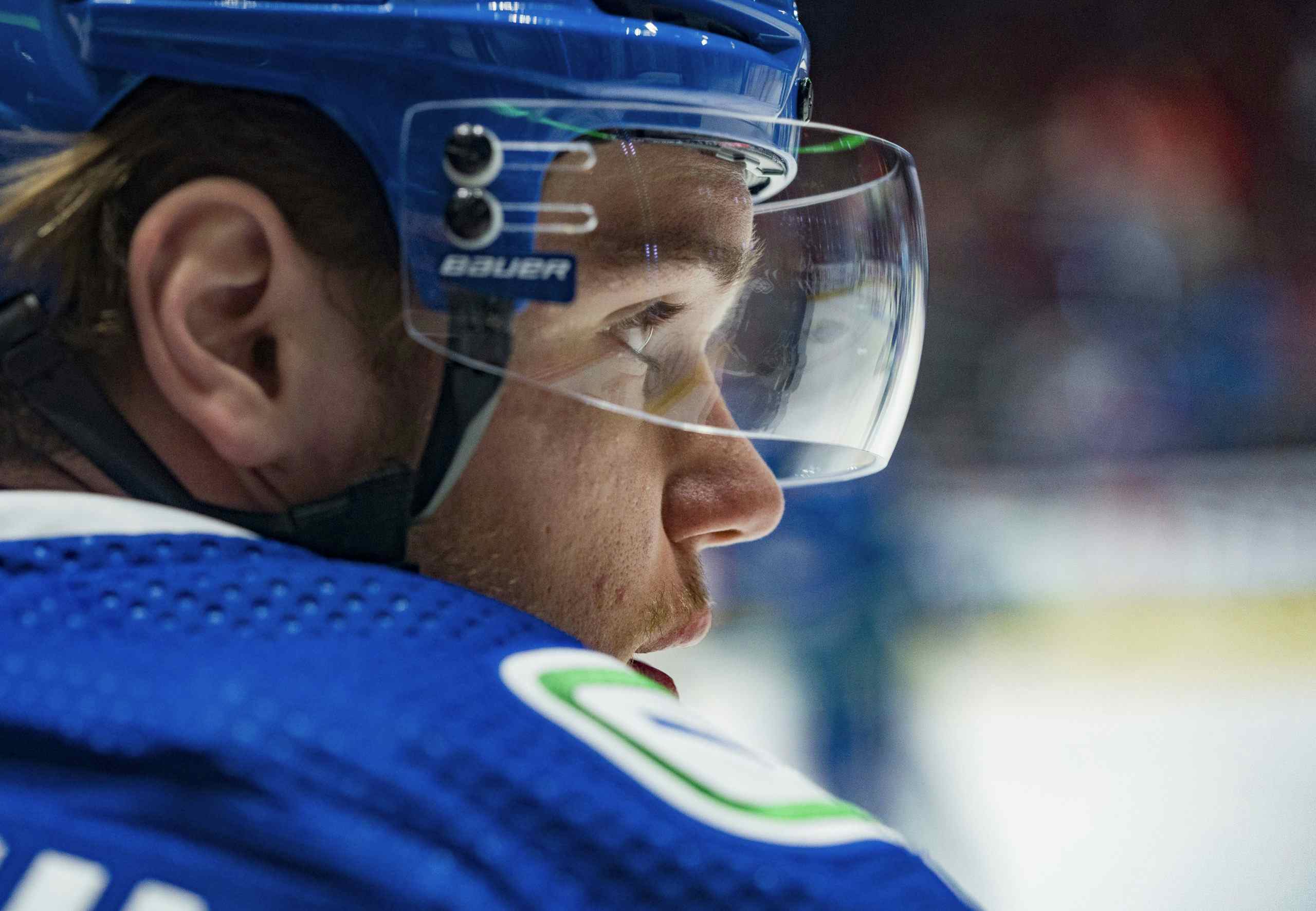Using pGPS: 2009 NHL Entry Draft
7 years ago
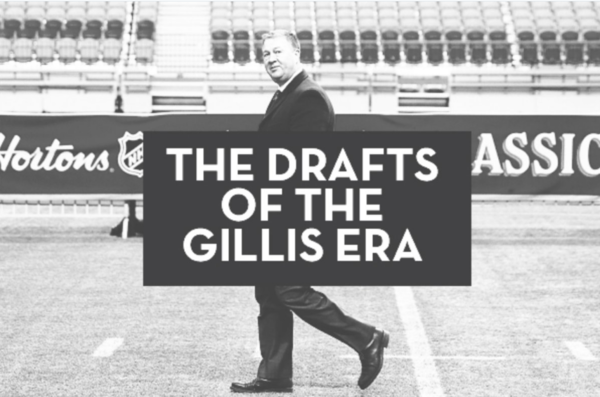
A few weeks ago, I completed an exercise using pGPS to look at the UFA prospects then Canucks General Manager Mike Gillis signed during his tenure at the time of their signings.
Seeing the have and have nots in terms of NHL potential proved an interesting endeavour. Unsurprisingly, Chris Tanev checked out as one of the better-rated prospects of the group when viewed through the lens of pGPS (Prospect Graduation Probabilities System) at the time of his signing.
In the comment section, and on Twitter, there were requests to do all of Mike Gillis’s draft classes. Well, ask and you shall receive. Today’s post will kick off a week-long series reviewing the 2008-13 draft classes with pGPS.
Before we dive in, let’s make it clear that this isn’t a comparison between the previous regime and the current one. This is simply an exercise of looking back to see how those draft classes would’ve looked using the tools we have available to us now.
Traded Picks
The Canucks entered the 2009 NHL Entry Draft with a pick in every round, though their seventh-round pick was courtesy a trade with the Coyotes.
- The Vancouver Canucks‘ seventh-round pick went to the Los Angeles Kings as the result of a trade on December 30, 2008, that sent Jason LaBarbera to Vancouver for this pick.
- The Phoenix Coyotes‘ seventh-round pick went to the Vancouver Canucks as the result of a trade on June 27, 2009, that sent Shaun Heshka to Phoenix in exchange for this pick.
22nd overall – C Jordan Schroeder
At the time of the 2009 NHL Entry Draft in Montreal, Schroeder was the 15th ranked prospect according to TSN. Blessed with offensive creativity and speed, Schroeder impressed in his freshman season with the University of Minnesota and World Juniors alike. Standing at 5’9, it was Schroeder’s height that gave teams pause about his long-term NHL prospects. Due in no small part to those concerns, Schroeder fell all the way to the Canucks at 22nd overall. The Canucks were surprised to have him available and were all too happy to end his slide.
In his post-draft season, Schroeder returned to the NCAA and had an alright season; meanwhile, he remained a dominant force at the World Juniors.
Schroeder parlayed that season into a professional contract and acquitted himself well in the AHL thereafter. When injuries occurred in the Canucks lineup, Schroeder earned his due and a cup of coffee at the NHL level. Eventually it became clear that Schroeder’s size would limit his usefulness in an offensive role and he lacked the defensive acumen to make up ground.
The current Canucks regime cut bait with Schroeder, by not tendering a qualifying offer at the conclusion of the 2013-14 season. Schroeder signed with the Minnesota Wild shortly after parting ways with Vancouver and has played primarily in a depth role since. Schroeder has one more year on his deal, likely to play in a similar role.
Using pGPS, 75% of Schroeder’s statistical and stature based comparable players went on to achieve NHL success. That said, it’s a four player sample with three successful matches. Schroeder’s height, or lack thereof, is responsible for the small sample.
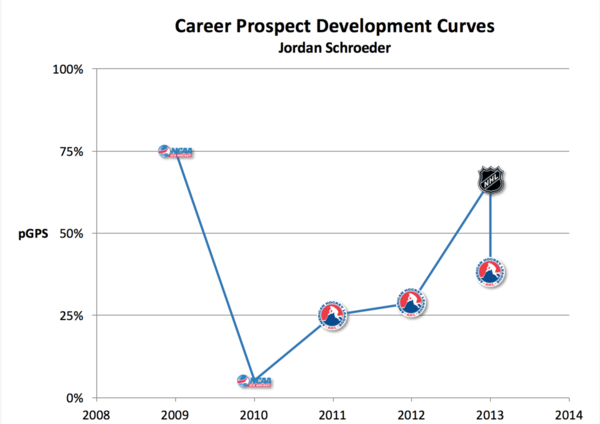
| Season | League | Year | pGPS |
| 2009 | NCAA | D+0 | 75.0% |
| 2010 | NCAA | D+1 | 5.2% |
| 2011 | AHL | D+2 | 25.0% |
| 2012 | AHL | D+3 | 28.8% |
| 2013 | AHL | D+4 | 38.2% |
| 2013 | NHL | D+4 | 66.0% |
Schroeder’s draft+1 season is where the wheels came off, though it bounces right back into shape in his following season in the AHL. During Schroeder’s 2012-13, his NHL production raises his pGPS to 66% and his AHL production is at a healthy 38.2%.
The Canucks were right in placing their chips on Schroeder. Cody Hodgson was just named CHL Player of the Year, so envisioning a pipeline with him and Schroeder down the middle was tantalizing to be sure.
53rd overall – RW Anton Rodin
The Canucks selected Swedish-born winger Anton Rodin with their second round pick in 2009. A pick that, at the time, must’ve felt every bit as improbable to the Canucks as Schroeder. It was rumoured, after all, that if Schroeder weren’t available to them in the first, they’d have gladly considered Rodin 22nd overall.
That’s totally reasonable, too. Rodin was a highly skilled winger with playmaking ability and high-end vision. In his Draft+1 season, Rodin returned to Sweden, where he played primarily in the SHL. Rodin also wore the Tre Kronor at the World Juniors, posting 10 points in 6 games. In those early stages, the Canucks’ faith seemed justified.
Rodin spent the entire 2010-11 season in the SHL, then made the leap to North America in 2011-12. The transition to North America was a difficult one for Rodin, though. It was a combination of factors, to be fair to Rodin. He suffered a nagging shoulder injury, bad deployment and usage on a team prone to prioritize winning ahead of development. Eventually those circumstances proved too much for Rodin to overcome and he returned to Sweden. Now, three seasons later, Rodin looks poised to back and make good on the Canucks investment.
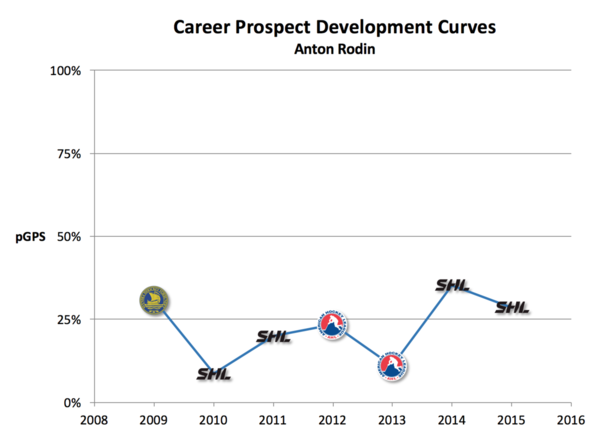
| Season | League | Year | pGPS |
| 2009 | SHL | D+0 | 30.8% |
| 2010 | SHL | D+1 | 8.6% |
| 2011 | SHL | D+2 | 20.0% |
| 2012 | AHL | D+3 | 23.4% |
| 2013 | AHL | D+4 | 11.0% |
| 2014 | SHL | D+5 | 35.3% |
| 2015 | SHL | D+6 | 28.6% |
Rodin’s draft year pGPS success rate is 30.8%. That would be a great number had the Canucks selected Rodin 22nd overall — at 53rd overall, it’s an absolute coup.
It looked like Rodin was a bust, but he could recapture his NHL career and become a successful pick quickly.
83rd overall – D Kevin Connauton
The Canucks drafted Kevin Connauton out of the NCAA, though it came in his draft+1 season. Connauton is an offensive defenceman, though unfortunately he never got to chip in from the point in a Canucks jersey. The Canucks, desperate to make hay in the 2012-13 season, traded Connauton to the Stars along with a second-round pick for Derek Roy.
Not long after his draft selection, Connauton opted for a switch to junior hockey, joining the Vancouver Giants. He lit the WHL up with 72 points in 69 games as an effective two-way defenceman and power play quarterback. Connauton struggled at times defensively, but it’s a part of his game he worked dutifully on and improved as his career continued. For whatever reason, the Canucks switched Connauton to the wing in their last training camp together, an ominous sign of things to come, really.
Connauton started the 2013-14 season with the Dallas Stars, though they put him on waivers at the conclusion of training camp before the Columbus Blue Jackets claimed him. There Connauton remained, appearing in 81 games between November 2014 and January 2016, before once again landing on waivers, where the Arizona Coyotes claimed him. He appeared in the final 38 games of the Coyotes season and has since signed a two-year deal valued at $1-million per season.
Using pGPS, an impressive 21.4% of his comparable players went onto being NHL regulars. Given that he was just finishing his D+1 season and selected in the third round, it was a good bet.
That bet appears to have paid off, albeit with another organization. The Canucks were in a window to win the Stanley Cup and needed to make a move to add offensive depth.
113th overall – D Jeremy Price
Selected out of the Nepean Raiders of the CJHL, Jeremy Price went to Colgate University after being selected in the fourth round by the Canucks.
Unfortunately, at this moment, pGPS is unable to rate Jeremy Price due to him coming out of the CJHL. Not generally known as a NHL player producer, it would create a skewed number.
Price was not signed by Mike Gillis at the conclusion of NCAA career in 2012-13. He did sign an ATO and appeared in 5 games for the Chicago Wolves, but obviously wasn’t enough for the Canucks to sign him. Price played in ECHL during the 2013-14 season, posting 14 points in 38 games, but hasn’t played a professional game since.
143rd overall – D Peter Andersson
With their 5th round pick, the Canucks went back to Sweden to select defenceman Peter Andersson. Here’s his scouting report from 2009:
Andersson is a big defenseman that plays a solid two-way game. His hockey sense is good and offensively he stands out with pretty good top speed, puckhandling and a quite powerful slapshot. Defensively, he is usually in right position, but sometimes tends to not play it simple enough when in control of the puck.
Andersson represented Sweden at the World Juniors with Rodin in 2010, and did fairly well in a two way role. He jumped between the SHL and Allsvenskan throughout the 2009-10 and 2010-11 seasons before jumping over to N.A.
In North America, he was more of a hard nosed defensive defenceman. Through my own viewings of Andersson, he seemed close to getting a chance in the NHL, but lacked that skill that would separate him from the other prospects. Almost there, but just not quite able to break the door down. Following the 2014-15 season, Andersson returned to the SHL, where he will remain this season.
Firing up the trusty pGPS, a disappointing 3.6% of comparable players went onto being NHL regulars. Low percentage for a mid pick, which ideally would be in the double digit percentages. The Chicago Blackhawks took Marcus Kruger six picks later.
173rd overall – G Joe Cannata
Continuing the trend of taking players already in or committed to the NCAA and who were passed over in 2008, the Canucks selected goaltender Joe Cannata with their sixth round pick. In his D+1 season, the Canucks saw enough from Cannata that they thought with another three years in the NCAA, he could develop into something. Which was fair, as he was coming off a season where he posted a 2.35 GAA and 0.918 SV% for fairly unknown Merrimack College.
At the conclusion of his NCAA career, Cannata was signed to an ELC. Hopping between the AHL and ECHL, Cannata showed improvement every year and to be honest, was better than Bachman last season for Utica. Cannata became a UFA at the end of this past season and signed with the Washington Capitals.
Once again, at the moment, we are unable to use pGPS for goaltenders.
The Canucks missed out on Erik Haula and Jordan Nolan before their next selection.
187th overall – C Steven Anthony
With their final pick, the Canucks selected Steven Anthony from the Saint John Sea Dogs. Seen as a two way centre who could chip in when needed, Anthony was a decent bet.
Using pGPS, 8.5% went onto becoming NHL regulars, however Anthony never saw a game in the AHL, spending his entire ELC in the ECHL and CHL (Central Hockey League)
He spent the past two years at the University of Windsor in CIS.
The 2009 NHL entry draft can be deemed a success for the Canucks – Schroeder might not get to 200 games, but will be very close. Connuaton is signed for the next two seasons for the Arizona Coyotes, and Anton Rodin is making a jump back over the pond.
Ideally Connauton would still be part of the organization, but he was traded during the time that the Canucks were looking for the final piece to capture that elusive Stanley Cup. It happens.
Tomorrow, we continue the series with a look at the 2010 NHL Entry Draft.

